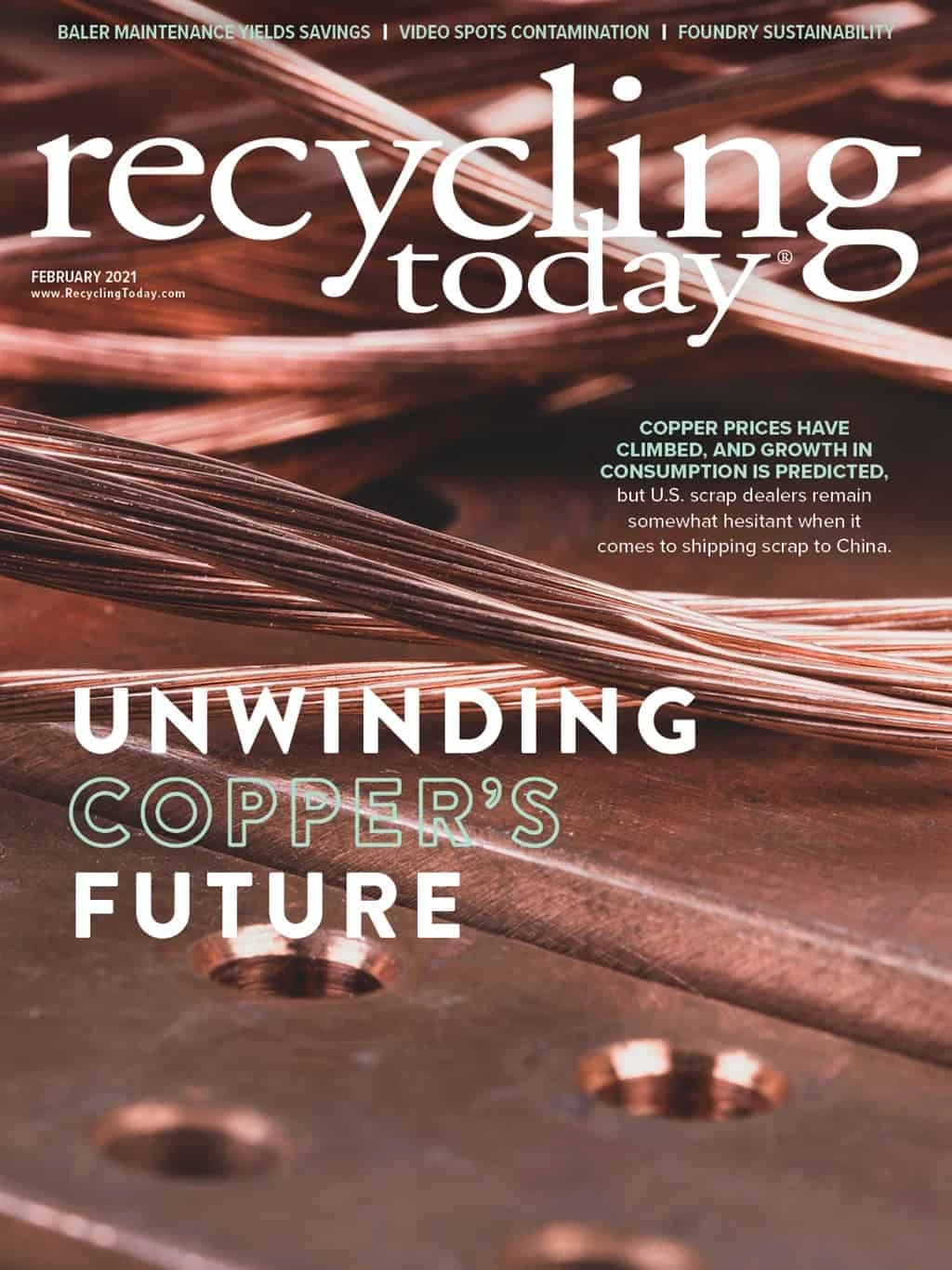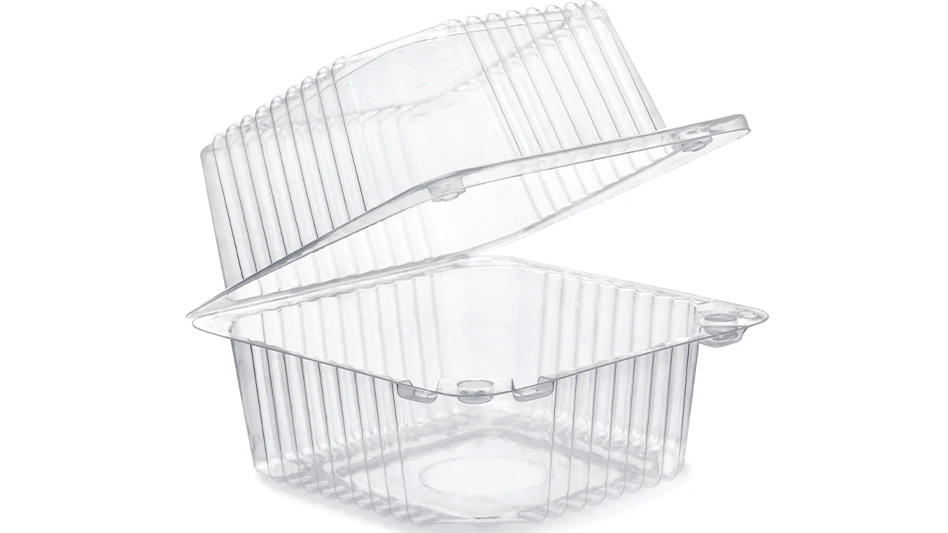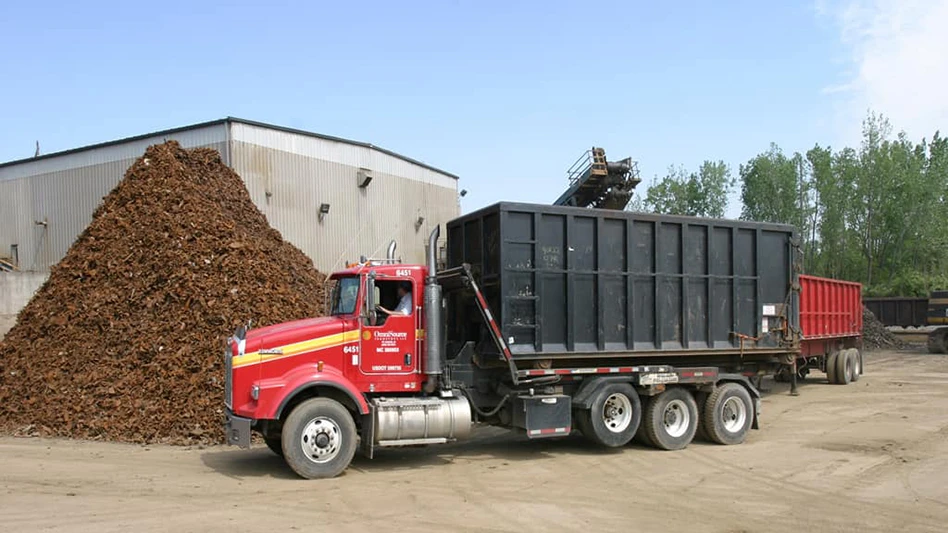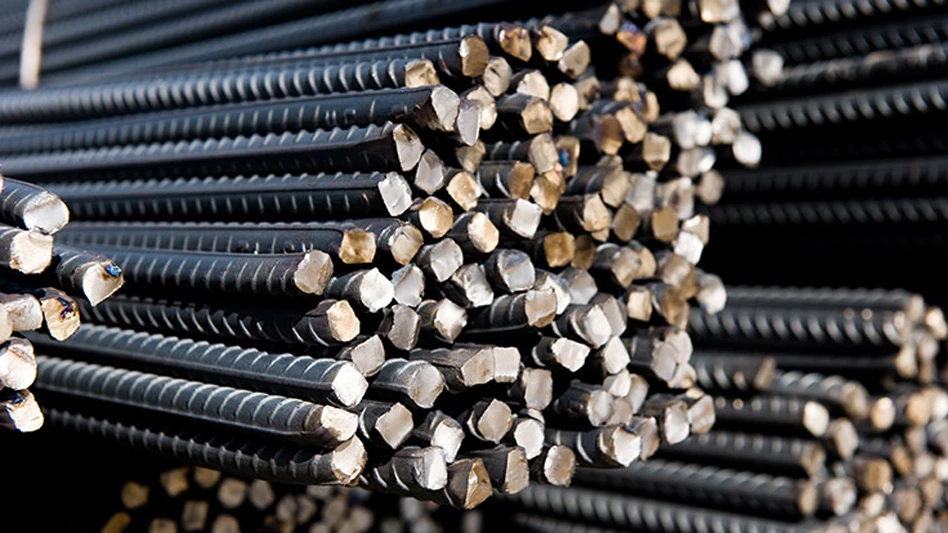
The processing machinery at a recycling plant yields an ongoing set of operating costs tied to a range of factors. Managing these costs, including making the proper determination as to when to invest in new equipment, can make the difference between a profitable and unprofitable year.
Shredding equipment comes to mind when recyclers think of replacement (or wear) parts. Sorting and screening equipment might be thought of first in terms of maintenance tasks and attention to calibration and settings.
By comparison, balers might seem to fall into more of a “plug and play” category, but the people who operate and service these machines can point to a number of decisions and routines that can make an enormous impact on the cost of compressing bottles, cans or paper into dense bales.
It will cost you
The variety of baling equipment at work in the recycling sector is considerable. It ranges from small, vertical models placed in retail backrooms to sizable horizontal balers on the job in material recovery facilities (MRFs) to high-powered ferrous balers designed to squeeze steel into compact cubes.
The price of the baler, naturally, is tied to its size, output and compression force. The cost of a backroom vertical baler might be a single-digit percentage of what the operator of a large MRF will pay for a new, large-volume two-ram or extrusion style horizontal baler.
“The current price range for a new two-ram baler is $300,000 to $1 million,” says Roy Daily, CEO of Himes Service Co. and Daily Recycling Equipment. The two Waco, Texas-based companies sell and service a range of balers, including two-ram models.
He adds, “The final price will depend on the required volume needed and how much material [buyers] want to process.”
Daily says current operators of balers and those shopping for a used machine need to keep one critical word in mind: maintenance.
Having access to or assessing the maintenance history of a preowned baler can make the difference between a satisfied buyer and one who will experience buyer’s remorse.
Daily goes so far as to say the price one pays for a used baler “purely depends on how the baler was maintained during its use. If the baler was properly maintained, it will retain a good part of its value. Otherwise, the opposite will occur.”
Baler owners with an aging machine also can consider the prospect of a rebuild, Daily says.
He says, “A rebuilt baler is going to cost significantly less than a new one and might be available significantly faster.”

Using two-ram balers as his benchmark, Daily adds that, “A reline on an existing baler costs about 10 percent of the cost of a new baler and takes a week or two to complete.”
In a market where new baler fabrication plants can have a backlog, “A new baler generally takes three to four months to deliver,” he adds.
Baler operators face ongoing operating costs, with line items in this category including baling wire, electricity, labor and preventive maintenance.
Emerging savings frontiers
Corporate chains of command often emphasize a mission of controlling costs. For baler operators, this mindset can be helpful when it comes to spending on power, wire and labor. Daily says scaling back on maintenance, however, too often will add to total costs.
Baler manufacturers tend to compete with each other in introducing new models designed to consume less power and minimal wire and to offer automation features that promise to keep operators’ labor costs in check.
“New technology in baler manufacturing is producing a faster, more energy-efficient product,” Daily says. Some of this technology is transferable to older models, he adds. “All existing balers can be retrofitted with a new wire tier or operating system. This, in turn, will make an existing baler more energy-efficient, produce faster and increase overall savings and profit.”
Standardization in components has provided another efficiency advantage, Daily says. “Most manufacturers are creating more standardized equipment, which means parts are more readily available off the shelf and not just [from] the manufacturer,” he adds.
Daily estimates energy consumption comprises 25 percent of a two-ram baler owner’s operating costs, while baling wire purchases contribute another 25 percent of operating costs. That leaves fully half of all operating costs tied to labor and maintenance considerations.
Attention to detail
The word “routine” often is placed before the word “maintenance,” and baler owners could be well-served to consider this. “Training staff to perform daily housekeeping and preventive maintenance tasks like good housekeeping and daily checks is the baler owner’s first line of defense to keep operating costs under control,” Daily says.
He also advocates for baler owners to contract with a manufacturer, dealer or independent service provider to undertake “regular (monthly or quarterly, depending upon volume) preventive maintenance.” Providing access to “equipment experts” is “key,” he says.
Cost savings are evident when in-house staff who take the time and have the training to do so can spot a looming problem by sight (or sound), Daily says. “When issues are identified during daily checks or scheduled preventive maintenance, it is imperative to get them fixed properly right away.”

Daily advises against the seemingly thrifty notion of a quick patch job. “Rigging up workarounds can cause undue wear on the machine, which can lead to decreased efficiency and increased repair costs later.”
If a baler serves as the final processing step at a high-volume MRF that contains a bounty of sorting lines, screens and optical scanners, its maintenance becomes even more crucial, he says.
“The baler is the heart of a recycling system, and when the baler suffers from lack of proper maintenance, the entire system suffers and in turn the bottom line,” Daily says. “Properly maintained balers will allow the owner to control and rein in any operating costs.”
Daily says he has seen good maintenance create return on investment in the form of long baler life and having a saleable piece of used equipment if a facility outgrows its existing baler.
He warns, “A great baler that isn’t well-maintained could have to be replaced in three to five years.” Conversely, Daily says, “We’ve got customers with 30-to-40-year-old [Harris] HRB8 and HRB10 two-ram balers that are still processing great thanks to regular maintenance and relines.”
He concludes, “I can’t stress enough the importance of good maintenance. Maintaining a baler costs significantly less than replacing one. Properly maintained equipment lasts longer, is more efficient and has reduced downtime.”
The author is senior editor with Recycling Today and can be contacted via email at btaylor@gie.net.


Explore the February 2021 Issue
Check out more from this issue and find your next story to read.
Latest from Recycling Today
- Toppoint Holdings expands chassis fleet
- Lego creates miniature tire recycling market
- Lux Research webinar examines chemical recycling timetables
- Plastics producer tracks pulse of wire recycling market
- Republic Services, Blue Polymers open Indianapolis recycling complex
- Altilium produces EV battery cells using recycled materials
- Brightmark enters subsidiaries of Indiana recycling facility into Chapter 11
- Freepoint Eco-Systems receives $50M loan for plastics recycling facility





